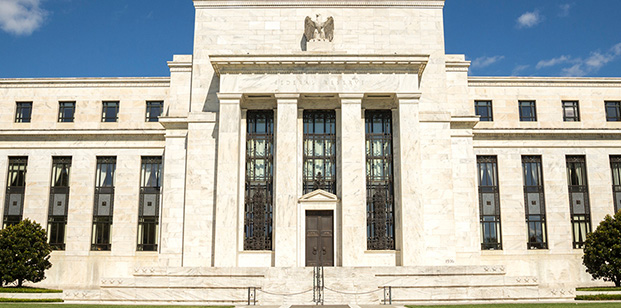December 2017
US Treasury bond yields rose during a busy December. As expected, the Federal Reserve raised the federal funds rate for a third time in 2017, taking the key federal funds rate to a range of 1.25% to 1.5%. President Trump’s hotly debated tax reforms were approved and signed into law. The European Central Bank raised its forecasts for economic growth in the region; however, the outlook for inflation remained “muted”.
- Germany’s benchmark government bond yield rose over the year
- Fitch upgraded Ireland’s credit rating in December
- Concerns remain over high levels of debt in Japan
To view the series of market updates through December, click here
US Treasury bond yields rose during a busy December. As expected, the Federal Reserve raised the federal funds rate for a third time in 2017, taking the key federal funds rate to a range of 1.25% to 1.5%. President Trump’s hotly debated tax reforms were approved and signed into law. The yield on the ten-year US Treasury Bond rose from 2.39% to 2.43% during December, but eased over the year as a whole from its starting level of 2.46%.
“Portugal’s investment-grade credit status was reinstated by Fitch”
The European Central Bank raised its forecasts for economic growth in the region; however, the outlook for inflation remained “muted”. The ten-year German government bond yield began the year at 0.11% and rose to end November at 0.38% and December at 0.42%.
Credit ratings agency Fitch upgraded Ireland’s sovereign credit rating from “A” to “A+”, citing the improving health of Ireland’s banking sector, the declining household debt-to-income ratio, an expected reduction in the country’s deficit, and the support provided by strong institutions and a “wealthy, flexible economy”. Nevertheless, Fitch remains concerned by levels of public and private debt that remain “elevated” and by the potential risks posed by Brexit and the global corporate taxation backdrop.
Meanwhile, ratings agency Standard & Poor’s (S&P) affirmed its “A+/A-1” credit rating and “stable” outlook for Ireland, in which Ireland’s “open, productive economy” and the potential for budgetary consolidation is balanced against the downside risks created by “Brexit aftershocks”. The benchmark Irish government bond yield rose from 0.59% to 0.64% in December, compared with the yield of 0.76% with which it ended 2016.
Elsewhere in Europe, Portugal’s investment-grade credit status was reinstated by Fitch, which upgraded the country’s rating from “BB+” to “BBB”. Fitch previously cut Portugal’s rating to “junk” status in 2011. Fitch highlighted Portugal’s increasingly favourable debt dynamics, underpinned by the implementation of structural fiscal reforms, the recent cyclical recovery, and improving financing conditions. Having begun 2017 at 3.75%, the ten-year Portuguese government bond yield ended the year significantly lower at 1.87%, having edged down during December by a total of two basis points.
Credit ratings agency Moody’s reaffirmed Japan’s “A1” rating and retained its “stable” outlook, but issued a warning about against Japan’s “extraordinarily high” level of debt. The yield on the ten-year Japanese Government Bond (JGB) crept up during December, rising from 0.04% to 0.05%.
A version of this and other market briefings are available to use in our newsletter builder feature. Click here















